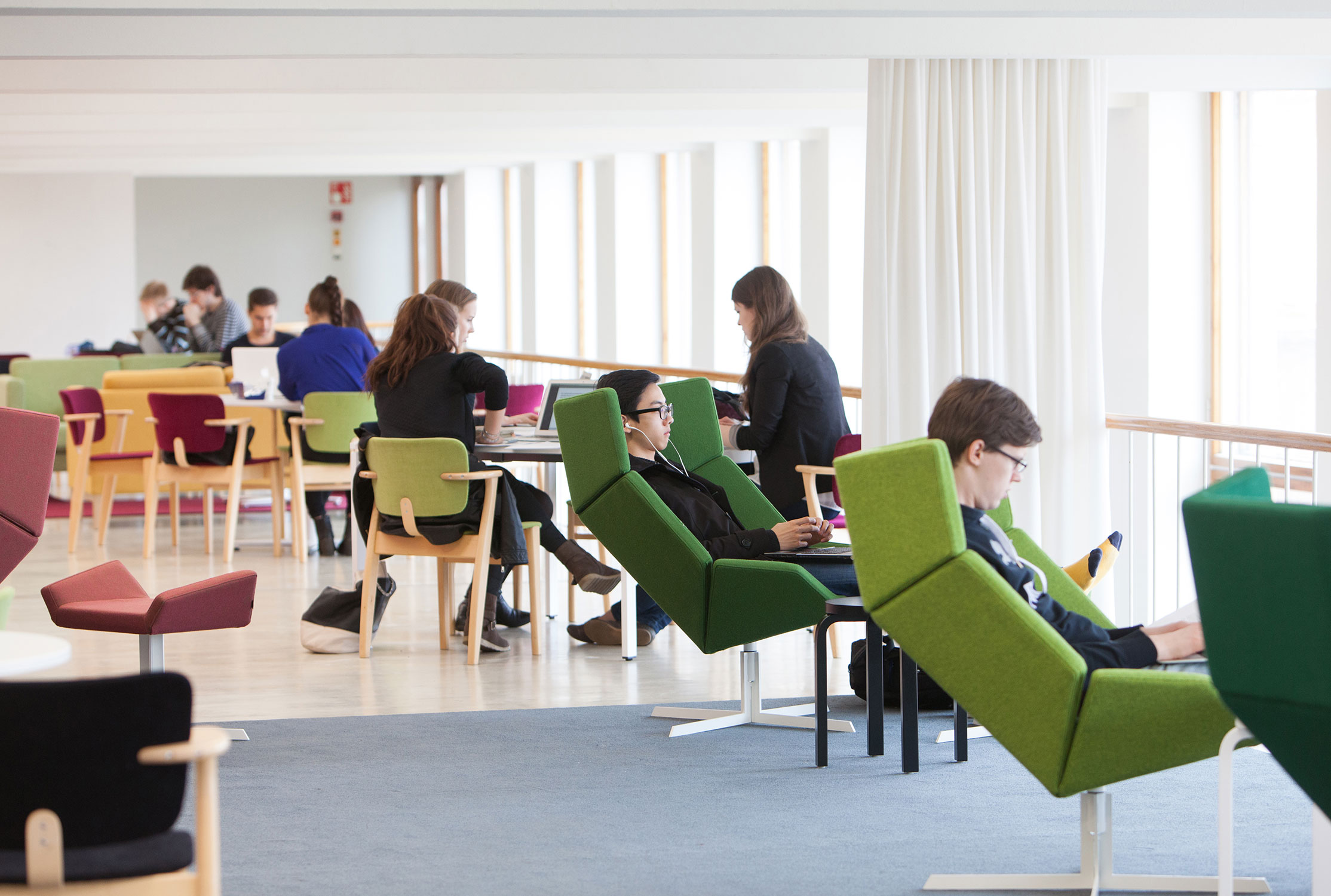March 29th ’16
Can Finland be a Model for Louisiana?
Those who follow the national conversation in education have heard time and time again of the now near-mythical accomplishments of Finland’s education system over the past 30 years. Since the 1980’s, Finland has doubled down on education in general and on teacher training in particular in an unprecedented wave of success. Some - perhaps even many - bemoan the “unexportable” nature of Finland’s system but let’s take a serious look at the idea that Louisiana could look to Finland for an example.
What makes the Finns different?
Before getting too far into the weeds, let’s highlight the parts of the Finnish system that best characterize it:
-
Deep popular regard for teaching as a profession
Finnish teachers are afforded social status comparable to doctors and lawyers, and primary and secondary school teachers are considered autonomous, accountable decision-makers. -
A sense of local control and community efficacy
From the 1970’s to the 1990’s, Finnish education policy, standards, and curriculum design gradually transitioned from a state-controlled top-down ordeal to a locally-controlled endeavor in which state audits were abandoned. School design and structure has become largely the responsibility of local teachers and communities. -
A highly competitive teacher-training culture
To make this local control sustainable, the country’s 11 university teacher-training colleges have established extremely rigorous and selective teacher degree programs that dynamically interweave practice and research. All primary teachers are required to obtain a masters degree; today Finland accepts only around 10% of candidates into education school. -
Trust between parents and teachers
Finnish students, educators, and families often report a sense of confidence in classroom teachers as practitioners. -
Massively lower weekly classroom time for teachers relative to other countries
Due in part to a requirement for 15 minutes of unstructured time for every instructional hour and in part to a shorter school year, Finnish teachers end up working about half the number of hours as American teachers. -
”Team teaching” combined with small class sizes
On top of shorter instructional time, Finnish classrooms usually have 3 professional educators at any given time with class sizes under 20 on average. (This puts the student:teacher ratio around 3:1!) -
Near total lack of standardized testing
Up to fourth grade students take no standardized tests at all with the assessment student progress delegated to classroom teachers and school administrators. Furthermore Finland eschews the use of standardized tests to evaluate teacher performance instead famously -
Delayed start of formal schooling
Finnish children don’t begin primary school until age 7 and, before then, typically participate in government-provided childcare under the watch of degreed professionals following national preschool standards.

Apples & Oranges? Not Exactly.
Many critics are quick to point out that Finland, as a relatively small, agrarian nation, is surely not comparable to the United States by any demographic measure. It is, however, comparable to many U.S. states - Louisiana included. While it covers over 110,000mi2 by land and Louisiana only spans around 50,000mi2, it is similar by other measures.
- Finland’s 5.42 million people and Louisiana’s 4.67 million mean that for every 1 Louisiana resident there’s a comparable 1.16 Finnish citizens
- Louisiana GDP of $252 billion is only about 1.08 times Finland’s $272 billion
- A GDP per capita of $43,252 in Louisiana in 2015 is close to Finland’s $42,159 from 2015 as well
- In terms of population distribution, Finland’s is almost 84% urbanized, slightly more than Louisiana’s 73.2%
On the other hand, it’s worth pointing out the differences between U.S. states and the Nordic country. Relative poverty in Louisiana, for example, is is 19.8% (one of the highest in the U.S.) while in Finland it is only around 5.5%, one of Europe’s lowest. Racially, Finns tend to be ethnic Finns by overwhelming majority - 93.4%, in fact - whereas Louisiana’s population is less homogenous: 63% white, 33% black, and 4% other.
We’ll come back to the poverty discussion later as it is absolutely relevant.
Of interest, Louisiana, despite having slightly fewer citizens than Finland, has over 20 colleges offering education degrees; Finland has less than half - around 10. While outside of the scope of this post, I contend that this stretching of resources has an overall negative effect on the quality of teacher training programs.
More Than Funding
One might assume this system is massively expensive, but compared to the U.S., Finland spends around $8,500 per high school student per year whereas Louisiana high schoolers cost taxpayers closer to $13,000 annually. To be sure, though, Finland funds more than just primary and secondary education:
Funding of schools: Finnish schools are funded based on a formula guaranteeing equal allocation of resources to each school regardless of location or wealth of its community.
Well-being of children: All children in Finland have, by law, access to childcare, comprehensive health care, and pre-school in their own communities. Every school must have a welfare team to advance child happiness in school.
Education as a human right: All education from preschool to university is free of charge for anybody living in Finland. This makes higher education affordable and accessible for all.
As long as these conditions don’t exist, the Finnish equality-based model bears little relevance in the United States.
— Pasi Sahlberg in a 2012 Article
The effects of nationally-provided healthcare and preschool for all children cannot be underestimated. I would conjecture that perhaps these factors alone are the most critical.